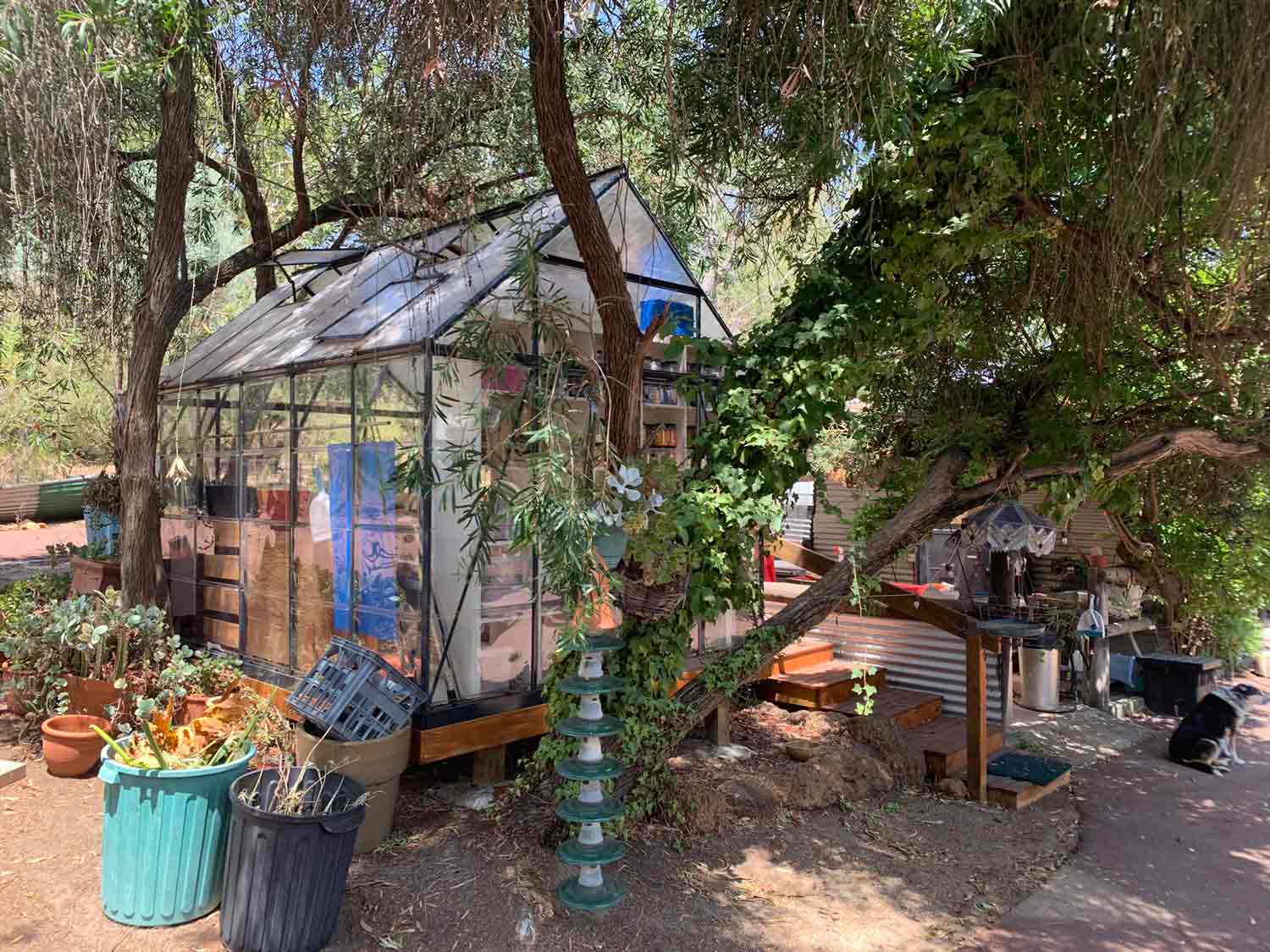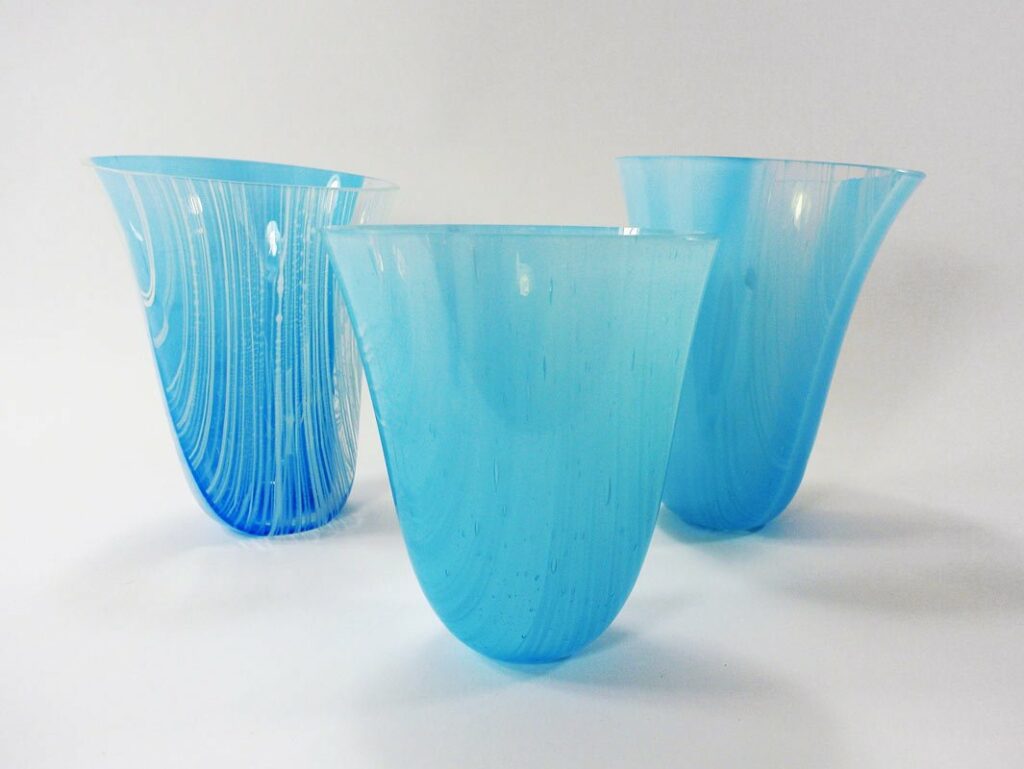JahRoc Galleries welcomes Western Australian glass artist Silvana Ferrario to our gallery and invites you to get to know the artist in our Up Close & Personal Q&A feature below.
Silvana Ferrario started working in fused glass in 2009, attending numerous courses with renowned glass artists and honing her technique of fused and slumped glass forms. She has exhibited in art shows all around Australia and won several awards.
Enjoy getting to know Silvana Ferrario
When did you first feel the desire to be artistic and realize you had talent?
I’ve always been a more visual rather than verbal person. I’ve drawn throughout my life, mainly people and buildings. I was lucky to live in London and be able to visit many art galleries – my favourite was post-impressionist and onwards. During my study as an engineer at uni, I took an elective in Art History for a term (we were next to the Royal College of Art). Even though I was working as an engineer, I would use art as an escape from the stress of working. This would involve making things such as pottery, sewing & textiles and lead light glass making. Eventually I settled on kiln formed studio glass as my preferred medium.
Where did you learn your art?
I took a course in fused and slumped glass in 2009 and found that it gave me the freedom of expression I was looking for. I did start a visual arts degree at ECU in 2009, but unfortunately did not complete it due to health reasons. However, I was fortunate to have managed to complete the glass unit. Since then I have been on numerous courses and master classes with renowned glass artists and learned different techniques and creative processes. I have taken what I learnt and further developed my own techniques through experimentation.
What inspires you most?
My inspiration comes from my experiences, memories and surroundings. Much of my art reflects what I see around me every day. As a subsea engineer and scuba diver, water initially influenced much of my work. Giving up engineering in 2011 and moving from the city to a small rural holding gave me greater connection to the earth and nature. I try to reflect my surroundings in my work. I am also intrigued by the geometry present in both man-made and naturally occurring structures, and its opposition to the fluidity of the natural elements – probably the engineer in me.
What message are you sending to the viewer of your art?
I hope that my work will leave the viewer with a feeling of the beauty and wonder of the world we live in. I want it to be uplifting rather than dark, I think we all need to have some joy in this world.
Describe your studio
One of the reasons to move to a rural property was to enable me to have a studio. We converted the old stables (last occupied by a large pig and a horse), into my working area. This is where the kilns are situated (I have 3) and also my cold working equipment. I added a “glass” house recently to store the glass and act as a creative space. This left a little space for me to set up a casting area in the stables. I am fortunate that we have a granny flat as well, that I use to store my finished pieces.
Describe your typical day of creating art
I spend most mornings working on my pieces, either designing a piece, cutting the glass, loading the kiln or cold working finished pieces. The kiln does most of the work, so I usually finish mid-afternoon, then have to wait with anticipation for the kiln to be opened. I am always thinking of new works and spend time collecting ideas, taking photos or sketching, when I’m not in the stables.
What mediums do you use and why?
I use kiln formed glass in my work. I love the medium of glass, its constant surprise and versatility. My work makes use of the movement arising from the fluidity of the glass when it is hot. I also love the transparency that comes with glass. Sometimes I combine the glass with other materials as a contrast or enhancement.
What are you working on now?
I have recently been reflecting on my past and have been making works that draw from people, in particular my parents and sister, and activities that I shared with them. This has included not an portraits of my mum and dad when they were young, and “paper beads” made out of glass. These works are still experimental, and I am hoping to get finished pieces for upcoming exhibitions.
What are your recent career achievements you feel proud of?
One of the proudest moments I had was to be a finalist in the Tom Malone Exhibition in 2017. This award selects around 10 artists out of 100s of applications to represent the best in the studio glass movement Australia wide in that year. To have a piece you made exhibited in the Art Gallery of WA is a humbling experience.
What do you love most about what you do?
I love the fact I am my own boss and can make my own decisions without consultation. This is such a contrast to working as an engineer in a team with many constraints. I also love that the outcome of my work can be appreciated by someone directly, with a piece of me being shared in their home.
Where can you see yourself in 10 years time?
I hope I’m still alive!
After years of experimentation with many art mediums, Silvana eventually settled for kiln formed studio glass as her preferred mode of artistic expression. Her passion for art glass began in 2009 with inspiration arising from her experiences, memories and surroundings. As a subsea engineer and scuba diver, water and sea life form a strong foundation for Silvana’s designs which embrace the movement and fluidity that the glass medium offers her.
Curriculum Vitae
Experience
Silvana Ferraro is an award-winning glass artist. She started working in fused glass in 2009 and has attended numerous courses with renowned glass artists. She has exhibited in art shows all around Australia and won several awards:
Awards
- Emerging Artist Award at MAGE 2014, Mansfield, Victoria
- Finalist at Tom Malone 2017, AGWA, Perth
- Winner of the Gordon Award at Glass+, Kalamunda, 2017 & 2019
- 2nd Prize at Claremont Art Show
- Commended at Darlington Arts Festival Open Art Exhibition 2018 & 2019.
Inspiration
Silvan Ferrario’s inspiration comes from her experiences, memories and surroundings. Her experience as a subsea engineer and scuba diver speaks to much of her work, but since working from her glass studio in the hills, the rural surroundings also inform her work. Having studied mathematics, she is also intrigued by the geometry present in both manmade and naturally occurring structures, and its opposition to the fluidity of the natural elements. Her work makes use of the movement arising from the fluidity of the glass when it is hot.
Silvana Ferrario Glass Art Sold At JahRoc Galleries
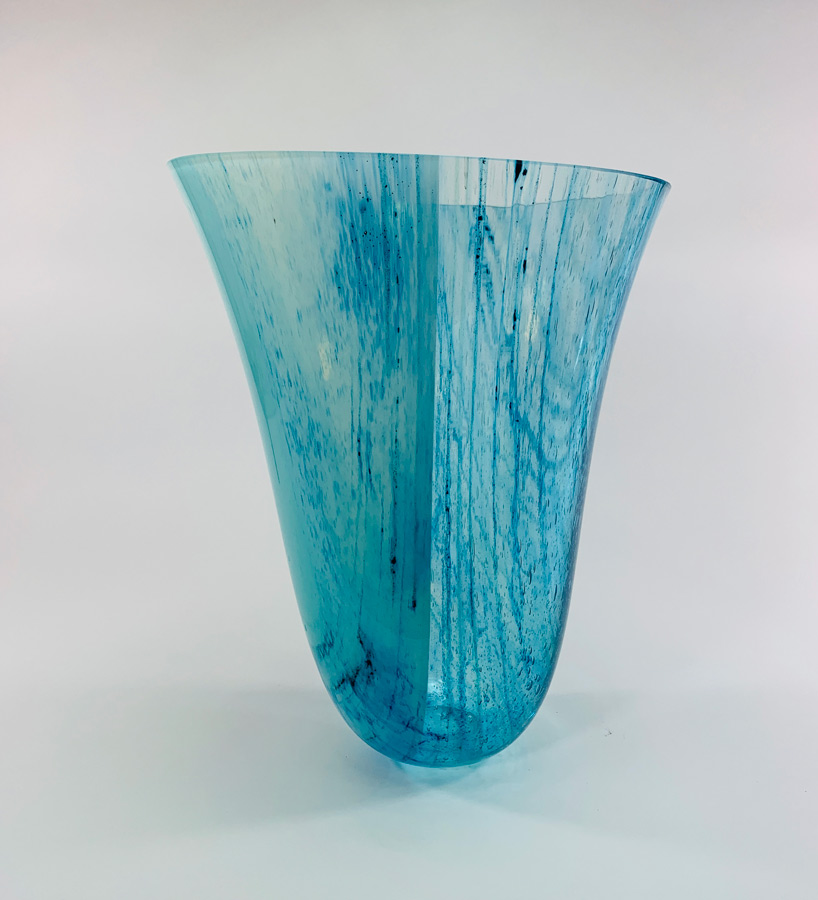
35cm x 27cm x 26cm
kiln formed glass
SOLD
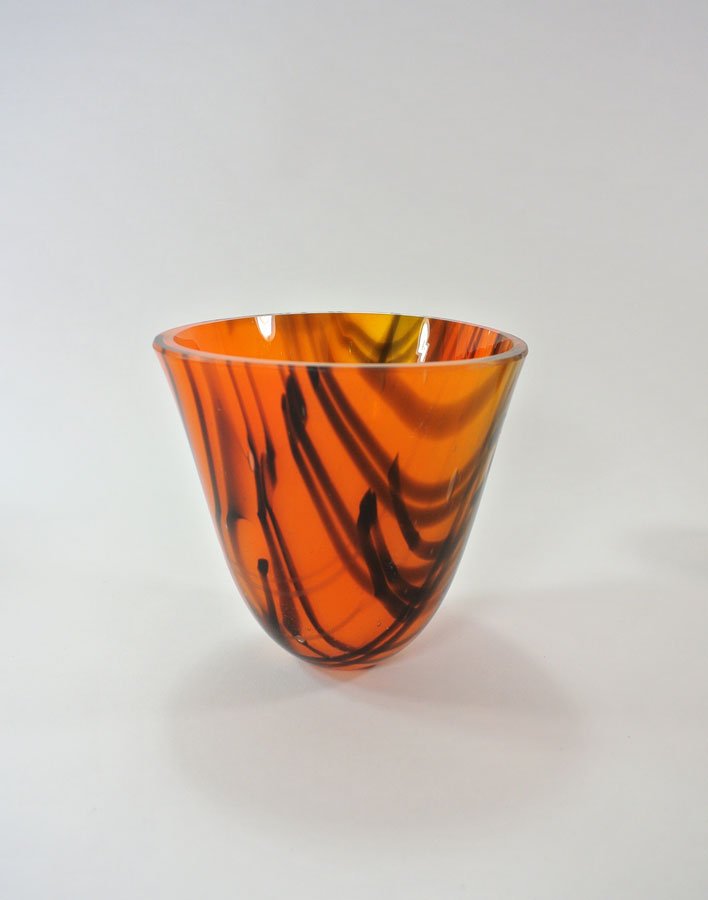
12cm x 12cm x 13cm
kiln formed glass
SOLD
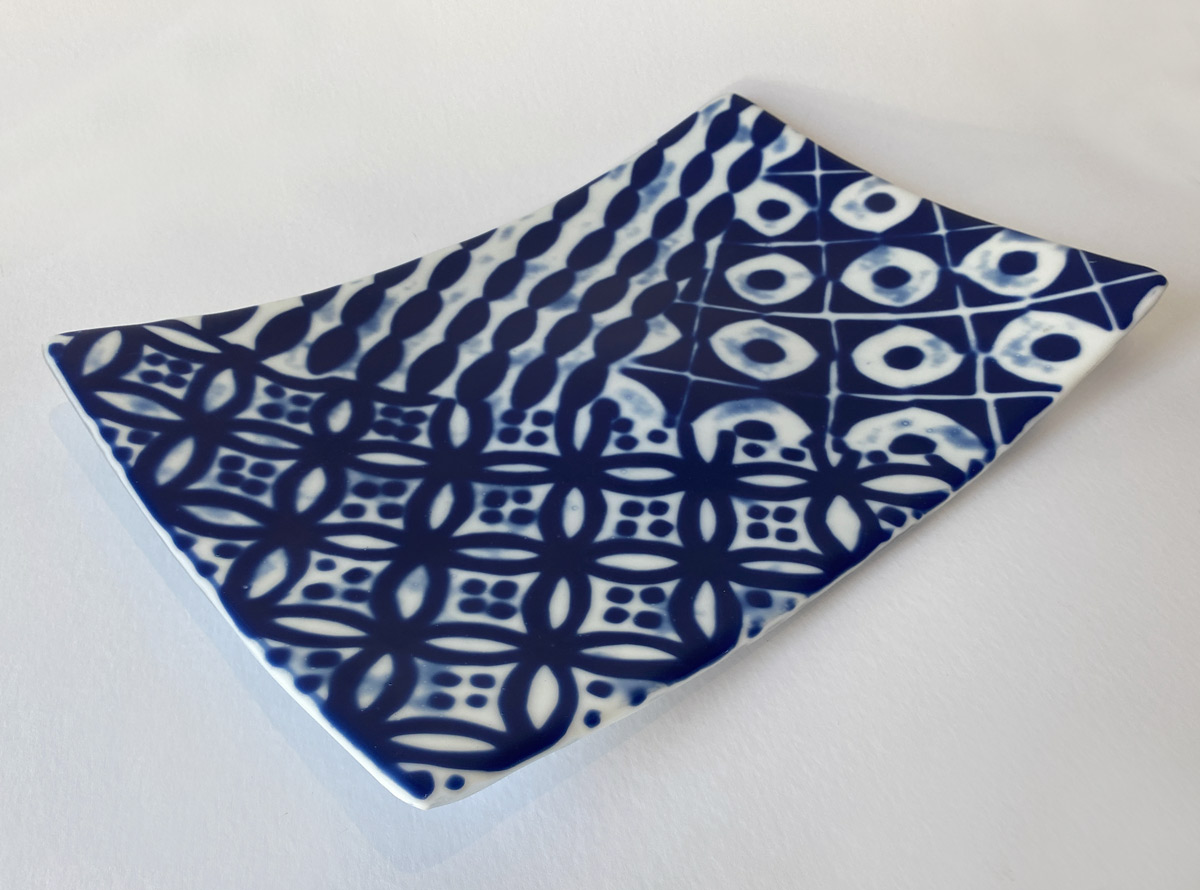
36cm x 16cm x 13cm
kiln formed glass
SOLD
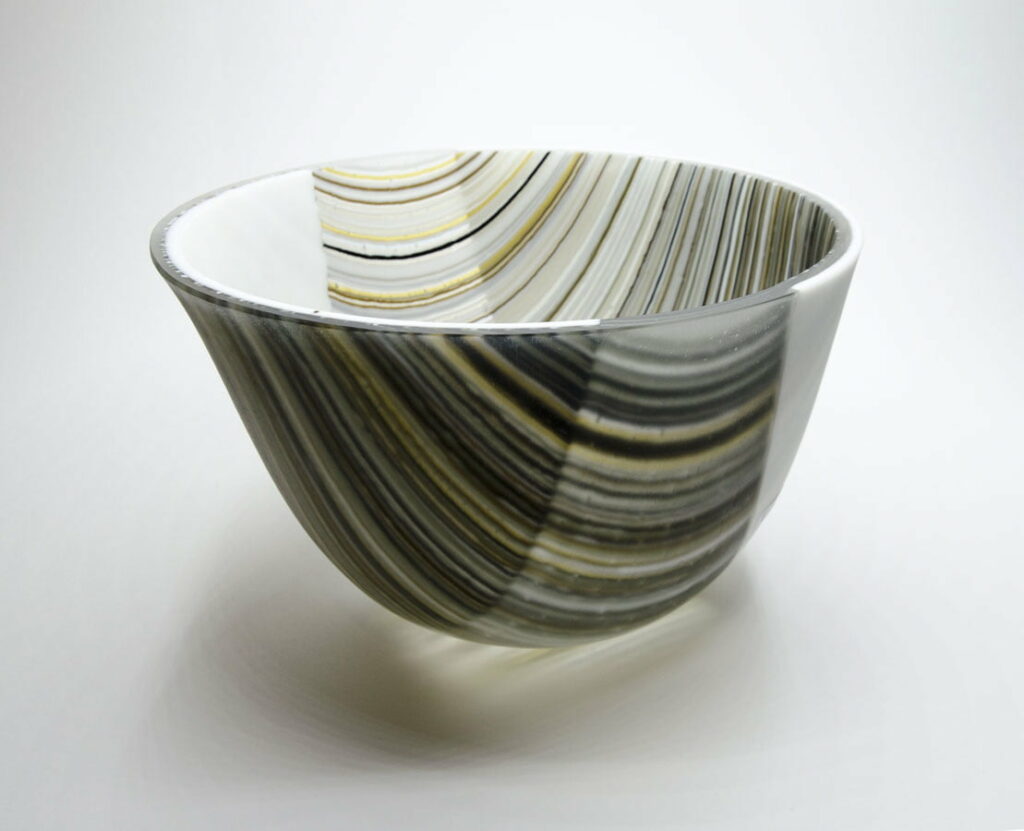
15cm x 25cm x 25cm
kiln formed glass
SOLD
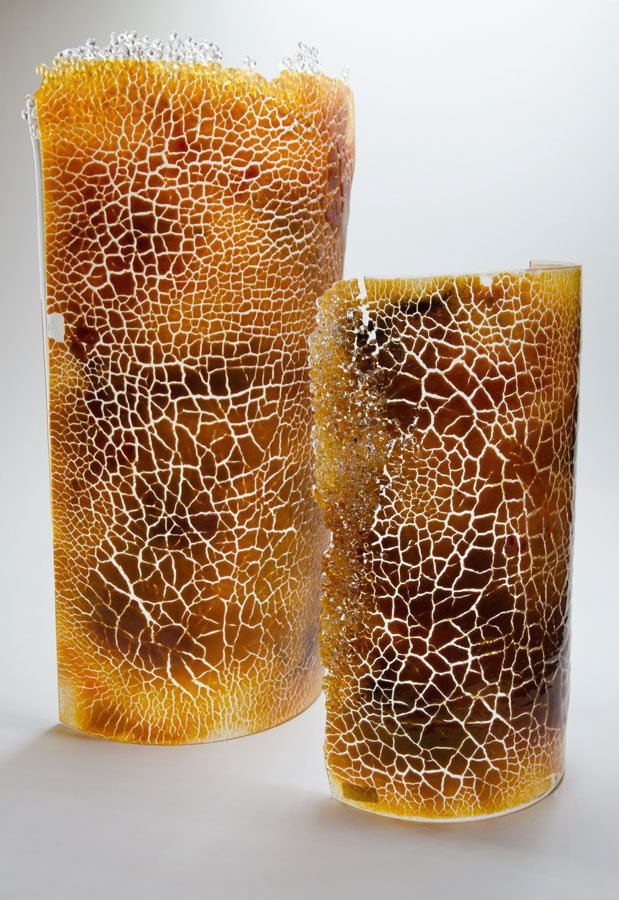
kiln formed glass
SOLD
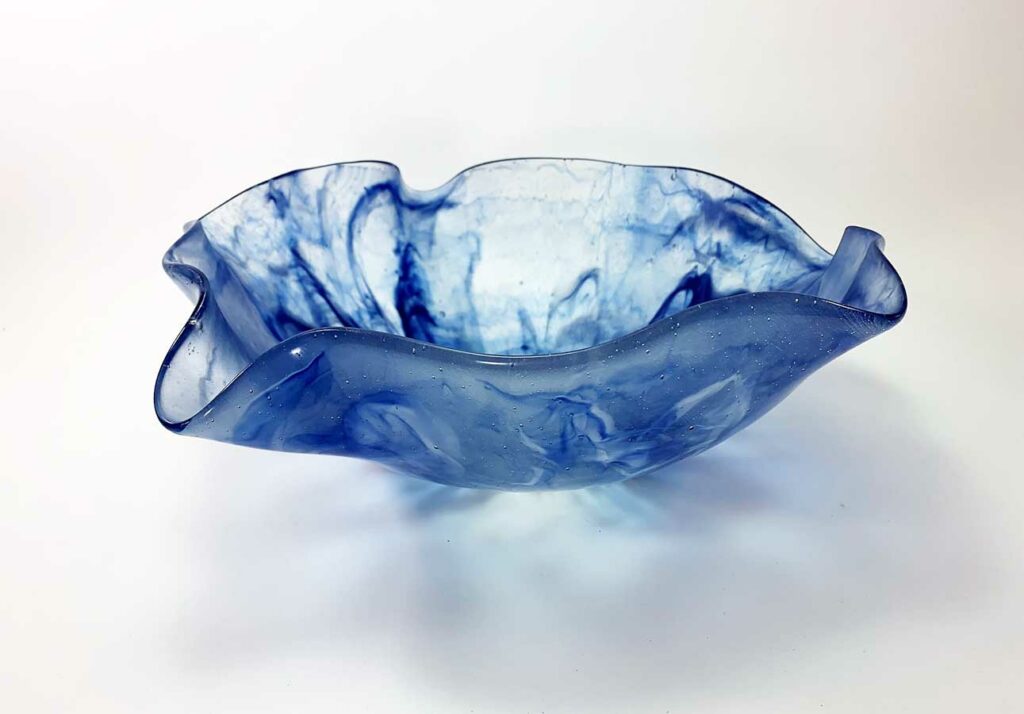
35cm x 27cm x 26cm
kiln formed glass
SOLD
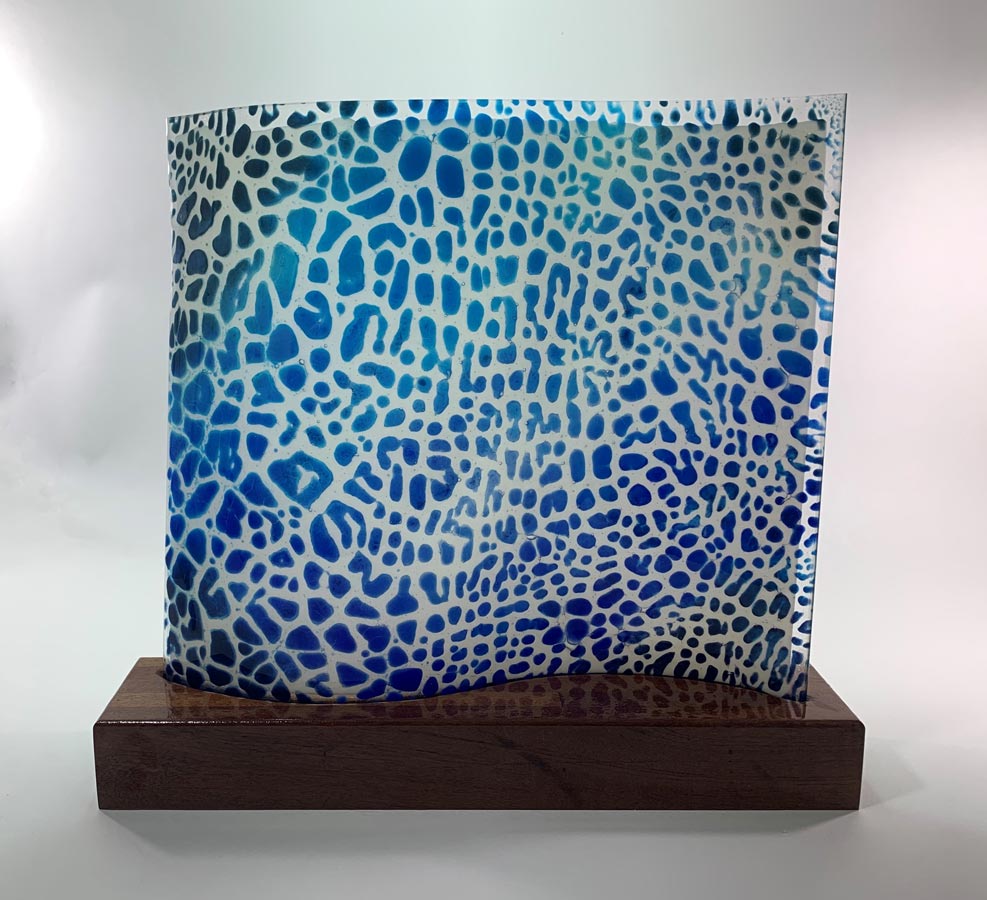
40cm x 45cm x 10cm
kiln formed glass
SOLD
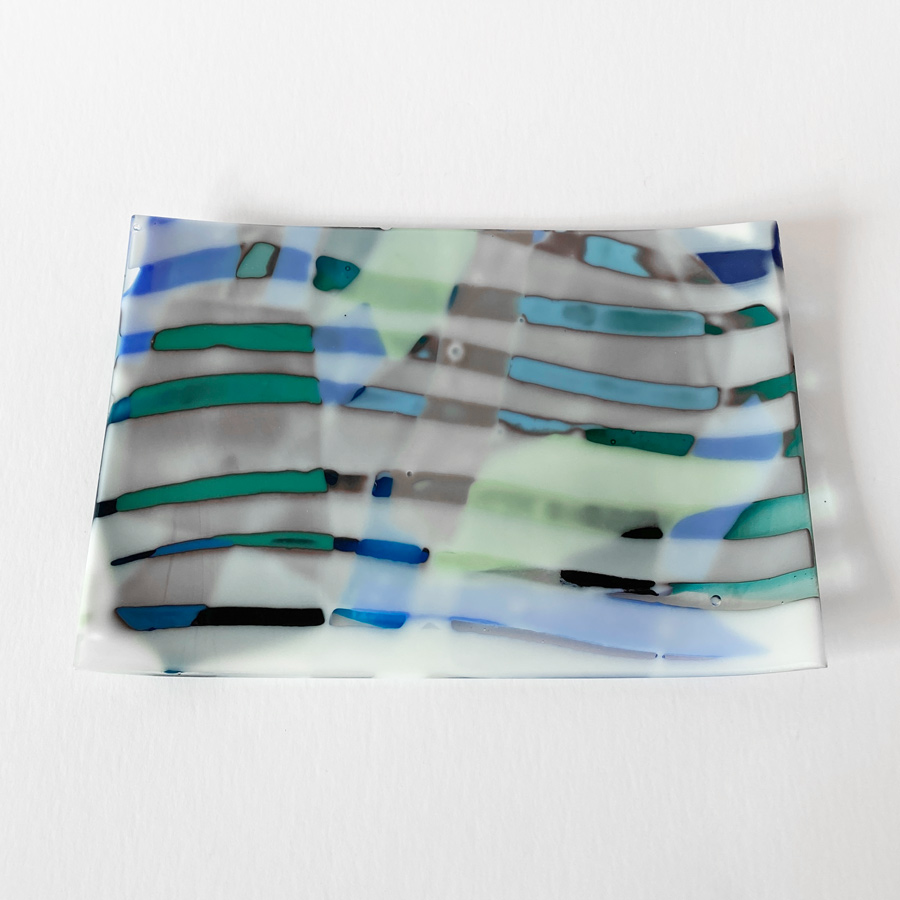
28cm x 22cm
kiln formed glass
SOLD
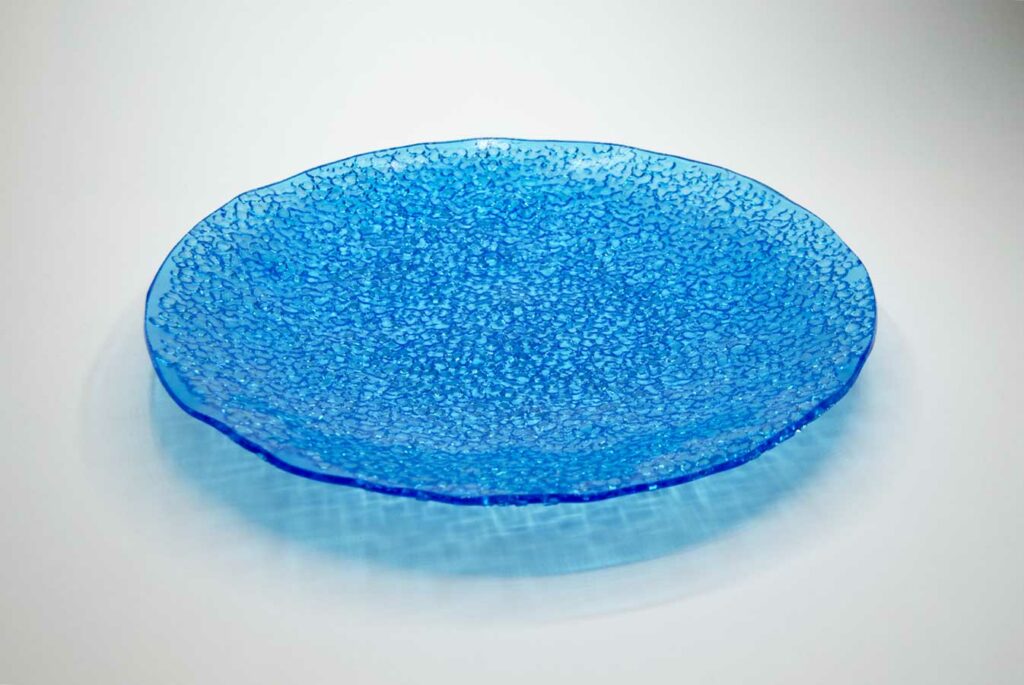
4cm x 20cm x 20cm
kiln formed glass
SOLD
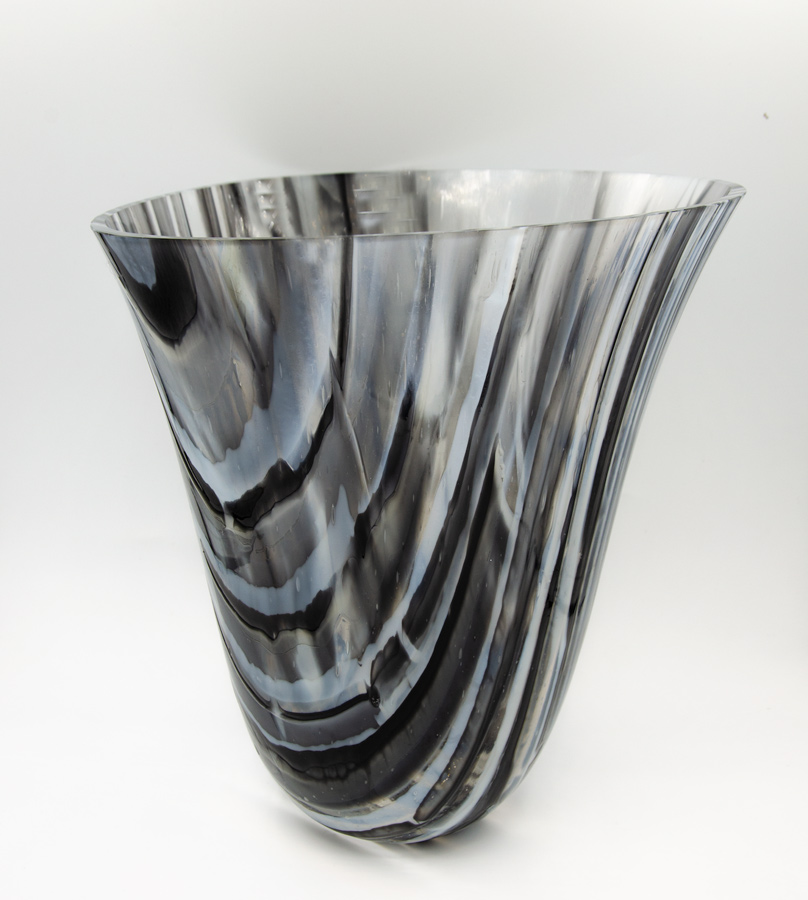
23cm x 20cm x 17cm
kiln formed glass
SOLD
















